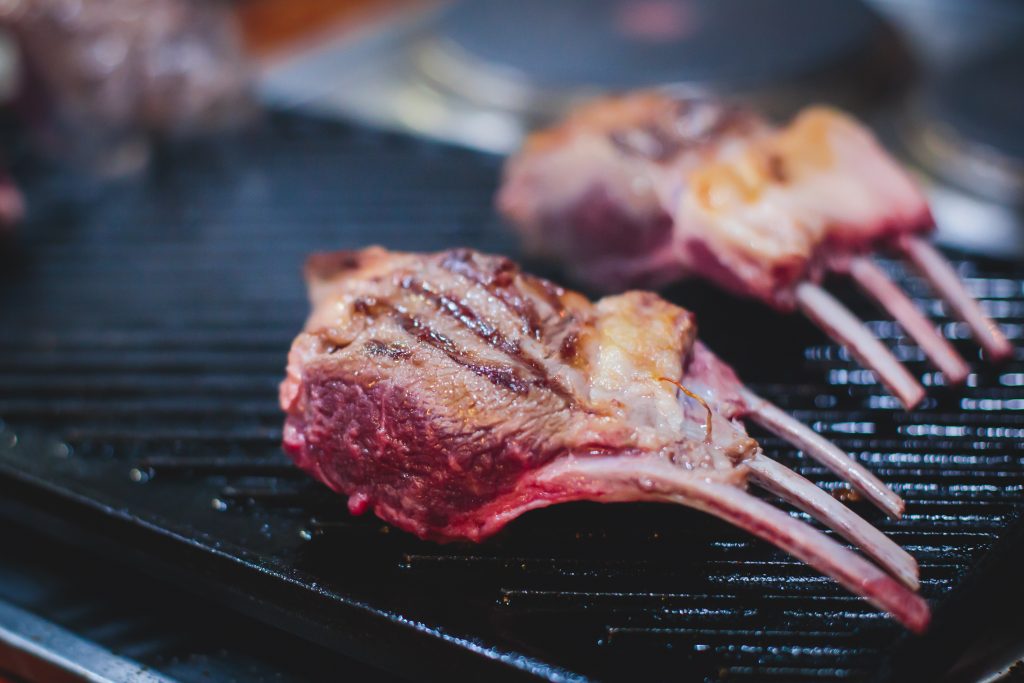Food Safety Myths: 5 Commonly Mishandled Foods

You should scientifically manage your food hygiene in any kitchen or food preparation area. Often, people who take food hygiene training find that they have taken a word-of-mouth or ‘grapevine’ approach to food safety. However, legal requirements for food hygiene are based on evidenced science, so your methods should be too. Here are 5 common food safety myths and how they can cause serious problems.
- You can eat raw, unwashed, vegetables.
We often eat green, leafy vegetables and salad without washing them. However, natural and organic does not mean clean and healthy. Whilst they may look clean, these raw vegetables are often eaten uncooked. Consequently, they often host parasites and bacteria, such as E. coli and clostridium. In fact, it is thought that consuming unwashed green, leafy vegetables is one of the most common causes of food poisoning.
- You should wash chicken before cooking.
Never wash chicken! Not only is it ineffectual in reducing food poisoning, it is actually likely to increase the chance of spreading bacteria. When you wash chicken, you spread campylobacter and/or salmonella bacteria around the sink and adjacent preparation areas. This is one of the most popular and, consequently, most dangerous food safety myths. In actuality, you should handle it hygienically, cook it to temperature and store it safely. This is applicable to all poultry.
- You can keep cooked rice for 4-6 days in the fridge.
The Food Standards Agency recommend that you should keep cooked rice in the fridge for no longer than 24 hours. Rice, despite being one of the most consumed foods worldwide, is particularly high-risk as it can contain Bacillus Cerius, which survives as a spore during cooking. Fried rice dishes, owing to the use of leftover rice, can be a common hotbed for this bacteria if cooked improperly.
- Use the ‘sniff test’ to see if food is contaminated.
Smelling food can perhaps tell you if it is severely spoiled, but dangerous bacteria is often present without a smell. This myth is founded on the miasma theory. Miasma is a dated medicinal approach which essentially dictates that disease and contamination always caused a foul smell. However, with advancements in germ theory, we now know that contamination and bacteria can be present regardless of smell. Perfectly fresh chicken or unwashed lettuce, as aforementioned, can still contain dangerous bacteria. So, trust the use-by date instead.
- You can cook a steak rare, so a rare burger should be fine, too.
Firstly, eating rare steak can cause food poisoning. Beef does carry a risk if undercooked, albeit one much lower than in poultry or pork. Secondly, most bacteria lives on the outer surface of beef. When you cook a steak, the searing kills the bacteria on the outside. If you mince beef, this mixes the outer surface with the inside. As a result, you must handle a mince burger differently to a steak. Accordingly, you should cook burgers all the way through. In some cases, restaurants with proper handling, storage and quality control can serve a pink burger.
Want more information about food hygiene training?
These are just a handle of food safety myths. To keep your customers safe and your business secure, you should take proper food hygiene training, and learn them all.
You can take our Level 2 Food Hygiene courses, entirely online, in just 1 to 2 hours. Moreover, with the option to pause and restart the course as many times as you need, these are our most flexible training options.
Purchase today and start training immediately. You can download your verifiable food hygiene certificate immediately upon completion.
Our friendly customer support team is always happy to talk through your food hygiene training options. Why not give us a call on 01327 552136, email us at hello@smarthorizons.co.uk, or use the live chat feature on this website to speak to us during office hours. We’re here to help from 9am to 5.30pm, Monday to Friday.
